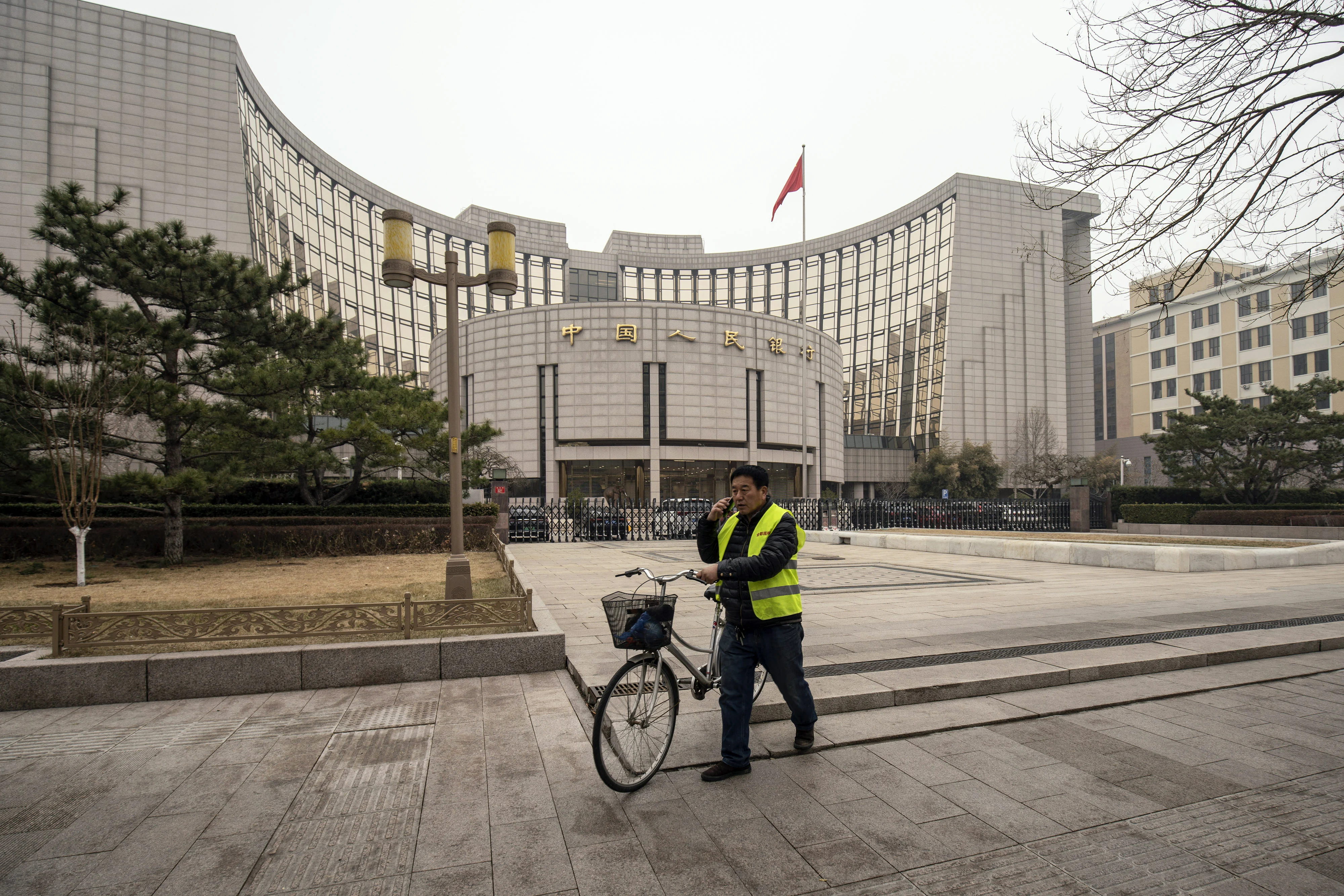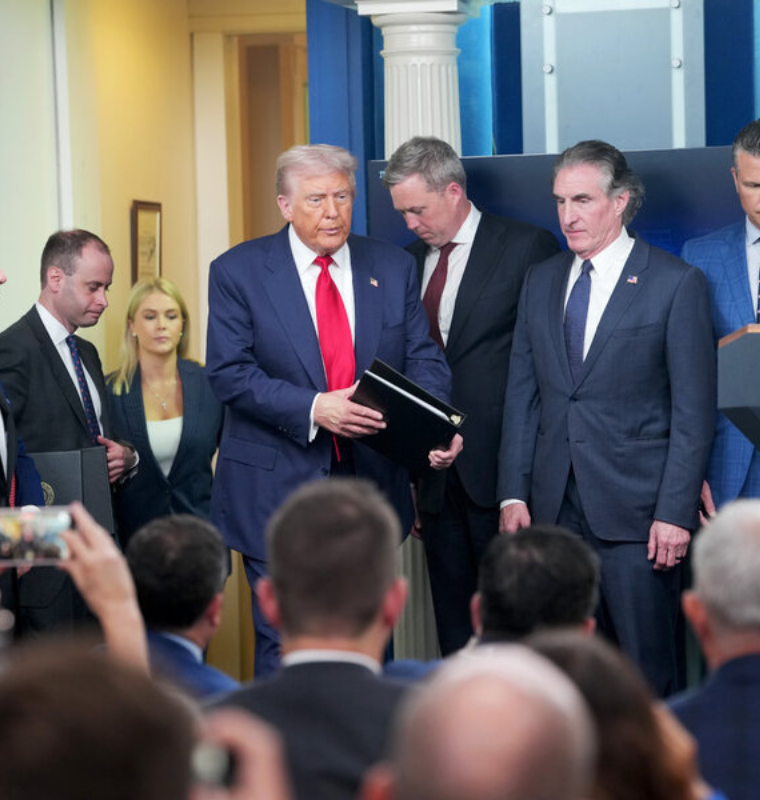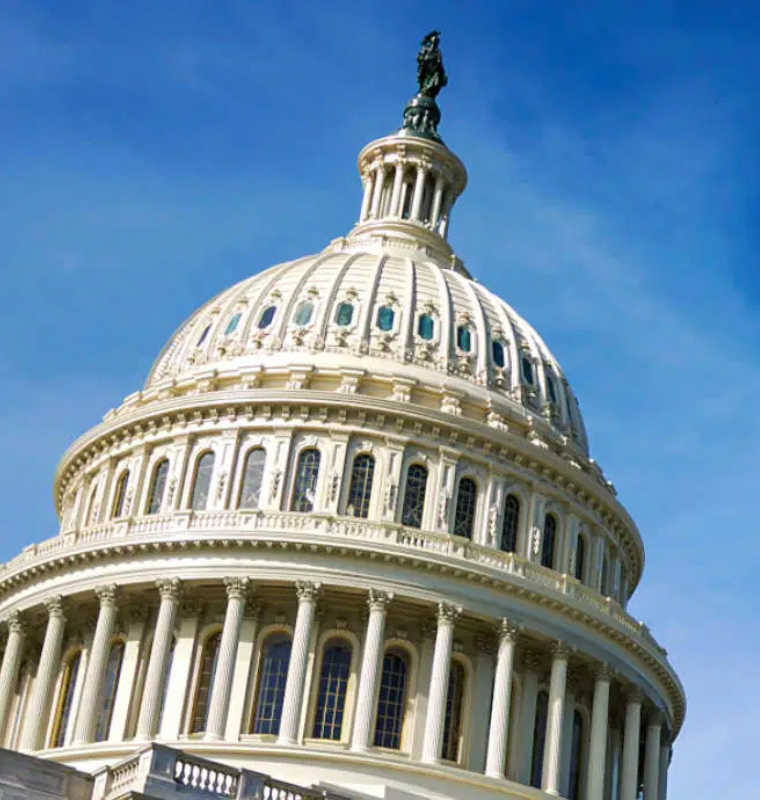China Holds Lending Rates Steady Amid Slowing Momentum and Policy Uncertainty
China Holds Lending Rates Steady Amid Slowing Momentum and Policy Uncertainty
By
David Goldfarb
Last updated:
July 21, 2025
First Published:
August 6, 2025

Photo: South China Morning Post
China Maintains Loan Prime Rates Despite Cooling Growth
The People’s Bank of China (PBOC) opted to leave its key benchmark lending rates unchanged on Monday, signaling a wait-and-see approach even as the world’s second-largest economy begins to show signs of cooling. This decision follows softer-than-expected economic indicators in recent months, raising questions about whether additional stimulus measures will be necessary in the second half of the year.
The central bank held the 1-year Loan Prime Rate (LPR) steady at 3.00%, and the 5-year LPR, a key reference for mortgage lending, remained unchanged at 3.50%. These rates are derived from submissions by a group of commercial banks and are considered critical benchmarks for loan pricing in China.
What Do These Rates Influence?
- 1-year LPR: Impacts most corporate and household loans, such as working capital loans and consumer credit.
- 5-year LPR: Serves as the standard for mortgage rates and is closely watched by the real estate market and homebuyers.
The PBOC’s decision reflects a cautious stance in light of mixed signals from the broader economy.
Economic Data Signals Growing Strain
While second-quarter GDP grew 5.2% year-on-year, it marked a slight slowdown from the 5.4% expansion in Q1. Although this exceeded the 5.1% median forecast by Reuters, it still underscores an underlying deceleration.
Key indicators point to consumer weakness:
- Retail sales in June rose 4.8%, down from 6.4% in May and below the 5.4% estimate.
- The unemployment rate in major cities remained elevated, and youth unemployment remains a long-term concern.
- Fixed asset investment, a measure of infrastructure and industrial growth, has also shown signs of fatigue.
Despite these trends, the offshore yuan was largely stable after the announcement, trading at 7.179 per U.S. dollar, indicating limited market reaction to the decision.
Why No Rate Cut? Analysts Weigh In
According to Frederic Neumann, Chief Asia Economist at HSBC, the PBOC appears to be holding back from further rate cuts for strategic reasons.
“With GDP growth still above target and interest rates already low, the impact of further monetary easing could be muted. Fiscal stimulus might prove more effective at this point,” Neumann told CNBC.
He also noted that the central bank may be preserving its capacity to respond more aggressively if the global outlook—particularly U.S.-China trade relations—deteriorates later in the year.
Nomura Warns of a 'Demand Cliff' Ahead
A July 9 research note from Nomura painted a more cautious picture of China’s near-term outlook. While current data hasn’t triggered emergency action, analysts warned of a visible downturn in the second half of 2025.
Key concerns include:
- Export contraction, particularly if U.S. tariffs expand under rising geopolitical tensions.
- Continued decline in property sales, a sector that drives about 25%–30% of China’s GDP.
- Weakening private sector investment amid regulatory crackdowns and uncertain policy direction.
- Fiscal stress across municipalities, many of which rely on land sales for revenue.
Nomura forecasts GDP growth to decelerate to 4.0% in H2, compared to an estimated 5.1% in H1, citing mounting downside risks and flagging demand as primary culprits.
“We expect Beijing to launch a new round of stimulus before year-end,” the report said, emphasizing the urgency for targeted fiscal support rather than relying solely on monetary easing.
Broader Implications: Will Stimulus Return?
China's reluctance to adjust rates despite visible headwinds suggests that policymakers are still confident in the economy’s resilience—for now. However, many economists believe that further easing measures, both monetary and fiscal, are inevitable if current trends continue.
The PBOC may also be cautious of creating imbalances in the property market or further weakening the yuan, which could invite capital flight and external volatility.
Moreover, real interest rates—the difference between nominal rates and inflation—remain relatively high, given that China has been flirting with disinflation. That leaves room for more targeted easing if price pressures stay muted.
Conclusion: A Pause Before the Next Move?
While Monday’s decision to hold rates suggests stability, all signs point to a potential shift in the coming months. If domestic consumption continues to sputter, exports falter, and property woes deepen, Beijing may have little choice but to roll out new stimulus measures to safeguard its “around 5%” growth target for the year.
Investors, policy watchers, and global partners are now closely monitoring China’s next steps—particularly as it navigates a fragile post-pandemic recovery amid rising global uncertainty.
Popular articles
Subscribe to unlock premium content
Disney’s Timeless Magic and How the Entertainment Giant Continues to Shape Culture and Innovation

Imran Khan’s Economic Missteps Amid Political Chaos in Pakistan

The Philippines’ Digital Shift How Remittances and BPO Are Fueling Growth

Disney’s Timeless Magic and How the Entertainment Giant Continues to Shape Culture and Innovation

Imran Khan’s Economic Missteps Amid Political Chaos in Pakistan

Disney’s Timeless Magic and How the Entertainment Giant Continues to Shape Culture and Innovation









